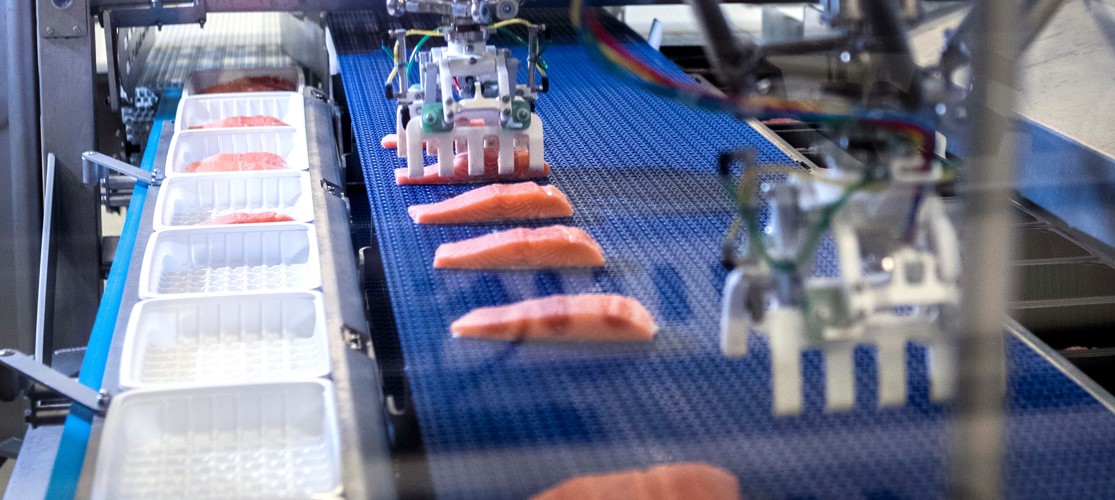Our new series of guides delves into the trends that are changing the fish processing industry and serves as a roadmap to smarter food processing. The first in the series explores how fish processors can leverage agility through Industry 4.0 technology to become more efficient, improve production and increase output.
Agility in action
Operating a smart factory enables the processor to adopt more sustainable, efficient business models, with lower labor requirements, which in turn helps to advance productivity, agility and speed to market.
By focusing on data, connectivity and smart equipment, fish processors can increase levels of automation, and focus on making marginal gains that lead to financial advantages and a better return on investment (ROI).
Key benefits of agile factories
Using the latest technology to be more agile helps fish processors boost productivity through optimization and automation, and enables real-time data management and greater business continuity through advanced maintenance and monitoring.
Agile companies can more easily adapt processes to suit changes in market conditions and customer needs. The greater the level of agility, the easier it is to adopt new technologies that continuously improve processing results.
The sum of this adds up to higher quality products and greater ROI. But how can you achieve these results?
The eGuide looks at how achieving a high level of agility is only possible through intelligent connectivity of equipment and data, which leads to increased efficiency and quality control, and improved demand forecasting, inventory management, customer service and supplier interaction. In other words, through smarter processing, which also contributes to reducing waste material, product defects and equipment downtime.
